 |

|
|
|
|
|
 |
|
 |
|

|
| Item Name:
|
.German Flakpanzer IV Wirbelwind Flak38
|
| Kits |
.Tamiya
|
|
Scale: |
.1:35
|
| Builder: | .Volcano
| | Item Status: | .Built To Order / Pre-Order
| | 
| Detail features:
Award winner built and painted Flakpanzer IV Wirbelwind Flak38 with realistic weathering. German Ambush camo color scheme. Top building quality with outstanding details throughout the whole model and very high standard accuracy on every individual part. Turret and gun interior details. Hull and deck details. Rotating turret and gun elevation. Tracks with road wheel detail. Add on vehicle tools and more add-on details.
- Top building quality with great detail overall
- The form of the Wirbelwind’s unique turret compromised 18 armor plates has been faithfully reproduced
- Turret for Wirbelwind w/crisp detail and realistic weld seams
- Turret ring accurately produced w/detail
- 2cm Flakvierling 38 cannon w/ accurate detail
- 20mm anti-aircraft guns can be moved up and down
- Gun mounting platform w/crisp detail
- Ammo magazines inside turret w/detail
- Gun cradle offers a great detail definition
- Gunsight and hand wheels w/well-defined detail
- Gun barrel and muzzle W/crisp detail
- Realistic air intake
- One-piece upper hull with engine-deck detail and more
- The front Neotek light and the rear-mounted spare gun barrel cases have a rich finish
- Hatches with detail
- Spare-track bracket add on
- Fenders made to thinnest possible dimensions w/crisp detail
- Side fenders w/pattern detail on both top and bottom surfaces
- Spare-wheel rack w/spare wheels on upper hull side
- One-piece lower hull w/crisp detail
- Completed MG w/ball mount w/crisp detail
- Great detail on hull rear
- Extendable jack w/separate parts w/crisp detail
- Detailed towing-eye brackets w/crisp detail
- Tracks are detailed in both sides
- Road wheels and suspension w/multiple components exhibit crisp detail
- Idler wheels have detailed parts
- Final-drive housing w/details on both sides
- Sprocket wheels w/breathtaking detail and multiple delicate parts
- Add on vehicle tools and more add-on accessories.
Airbrushed and painted, putty and sanding for a better finish, base color with primer for better detail and shading, multi-color filters for blend color effects, oil and water wash with panels, doors, rivets finishing, the detail paint job on rust, and paint chips off with scratches looking, worn and bare metal realistic simulating, flow rust and rain streaks effects, great engine smoke representing and muffler burned looking, also smear and dirt with mud and dust appearing, dry brushing to emphasis and highlighting texture with edge for good wear and fading, more on real live weathering with decals and unit markings, final protective layer for long term collection.

 |
2706
| | | |

|
 |
 |
| 1
Dream Works Hobby |
 |
| 2
Dream Works Hobby |
 |
| 3
Dream Works Hobby |
 |
| 4
Dream Works Hobby |
 |
| 5
Dream Works Hobby |
 |
| 6
Dream Works Hobby |
 |
| 7
Dream Works Hobby |
 |
| 8
Dream Works Hobby |
 |
| 9
Dream Works Hobby |
 |
| 10
Dream Works Hobby |
 |
| 11
Dream Works Hobby |
 |
| 12
Dream Works Hobby |
 |
| 13
Dream Works Hobby |
 |
| 14
Dream Works Hobby |
|
 |
As the war situation deteriorated and the Luftwaffe lost air superiority, interest in armored mobile anti-aircraft Flakpanzers intensified. The Flakpanzer Wirbelwind, along with its cousin the Ostwind, represented the culmination of innovation in this department using existing available designs with some modifications as opposed to designing specific vehicles from the ground-up. Unlike other adapted/hybrid designs however, the Wirbelwind was not a factory-produced vehicle but was instead assembled at essentially a field-workshop set up at Sagan in Silesia. The workshop, staffed by 80 men and referred to as Ostbau-Sagan, made modifications to existing Pzkpfw IV hulls (Ausf G, H, and a few Js) that had been sent back for factory-level repairs and fitted them with modified 2.0cm Flakvierling 38s mounted in an armored open-topped turret. The modified Flakvierlings were produced by one manufacturer while the turrets were produced by another at different locations and shipped separately to Sagan where the Ostbau-Sagan team did the final assembly and installation, creating the Wirbelwind as the end result. Official production reports note that 122 Wirbelwinds were produced between July 1944 and March 1945 and that the same design was used throughout the production span.
| |
 |
 |
 |
 |
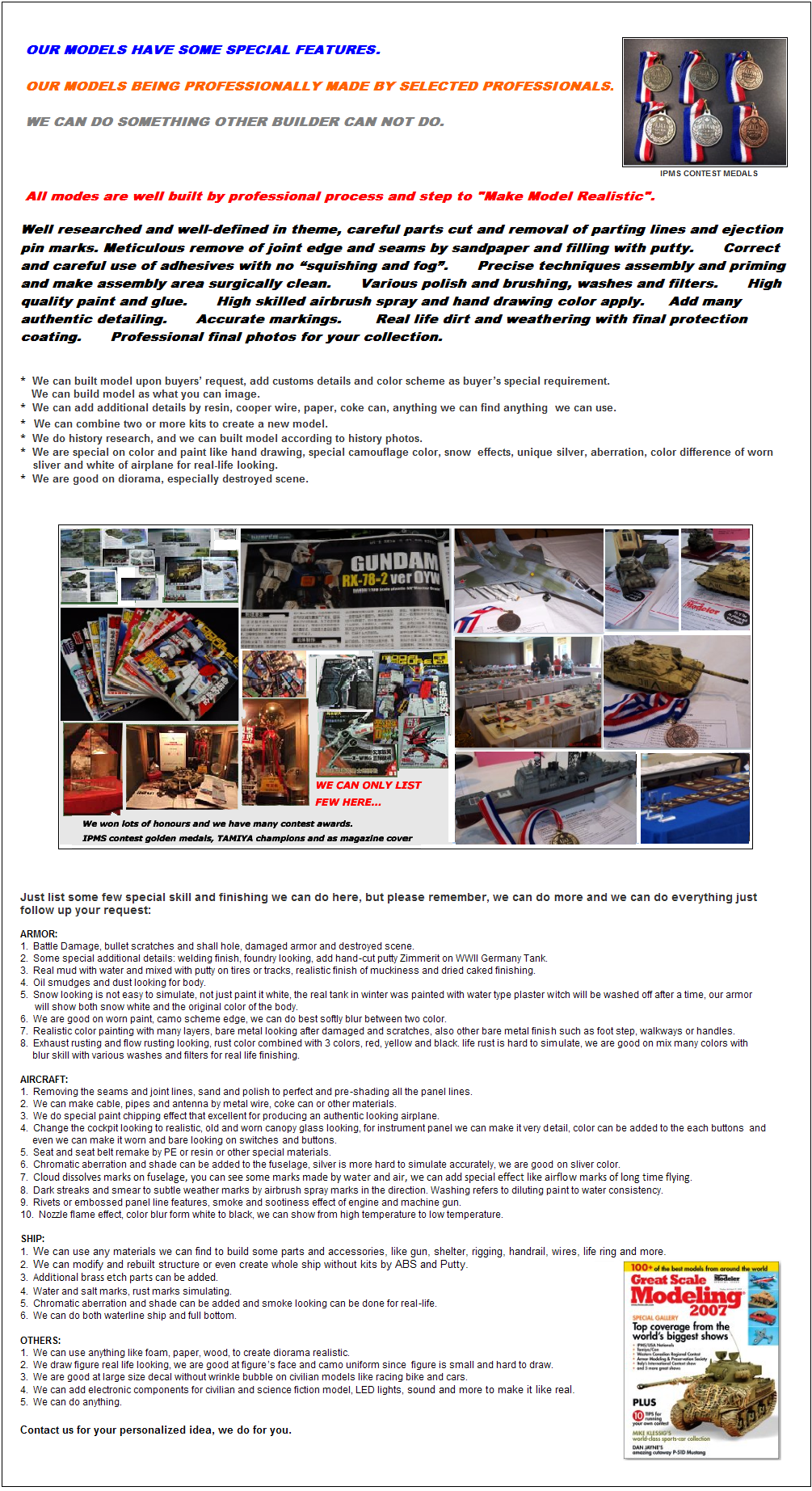
|
 |
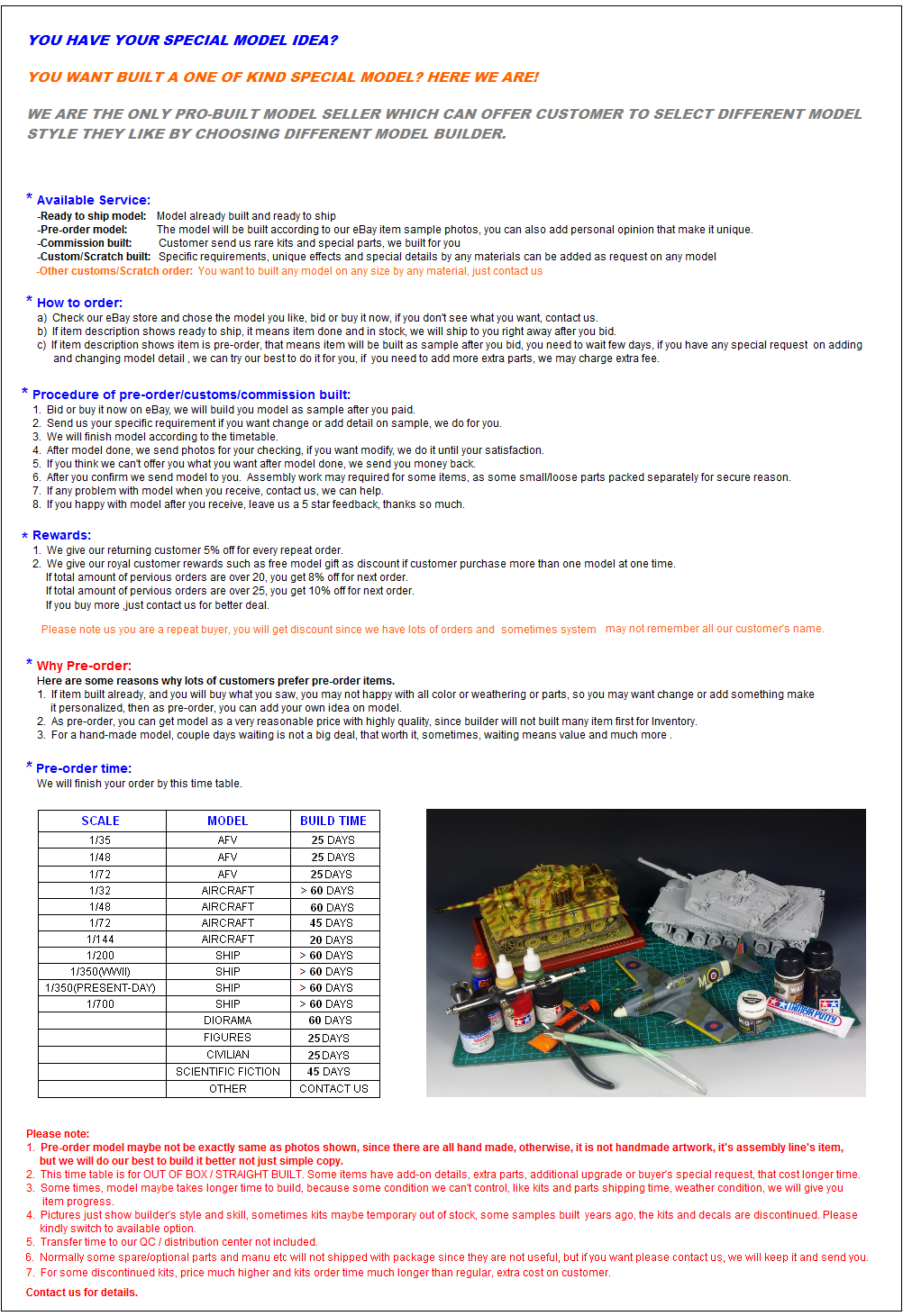 |
 |
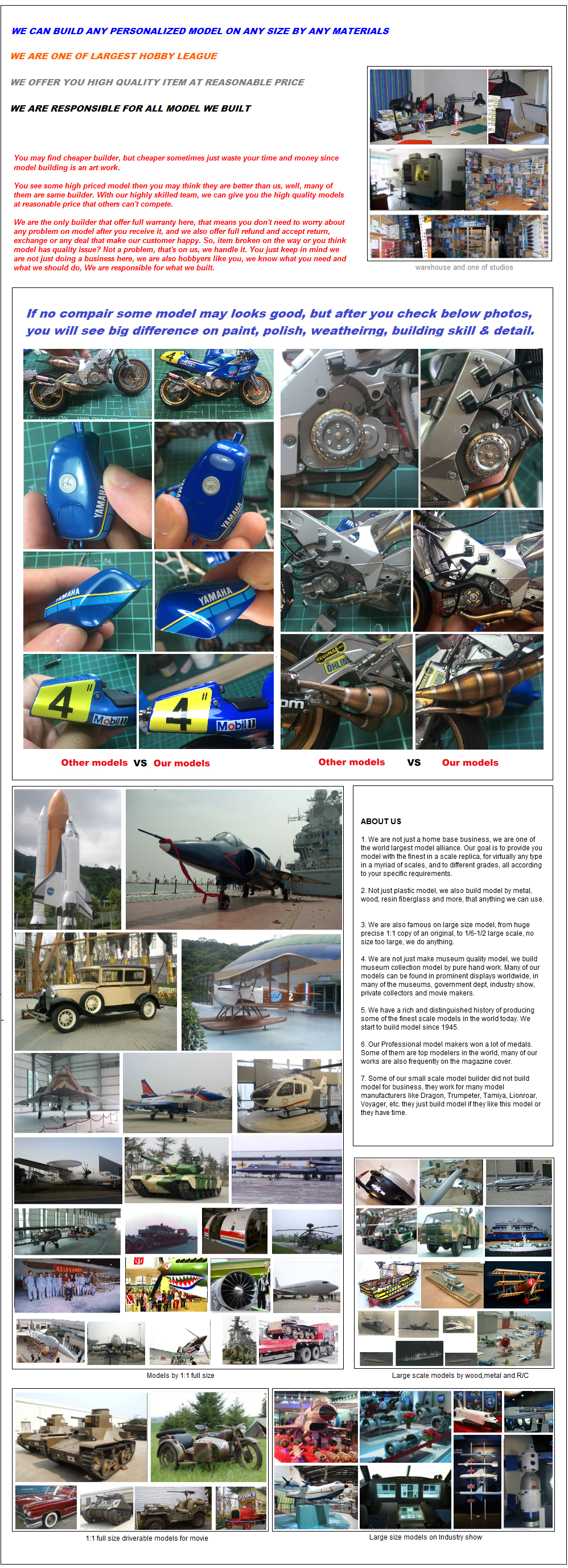 |
 |

|
 |
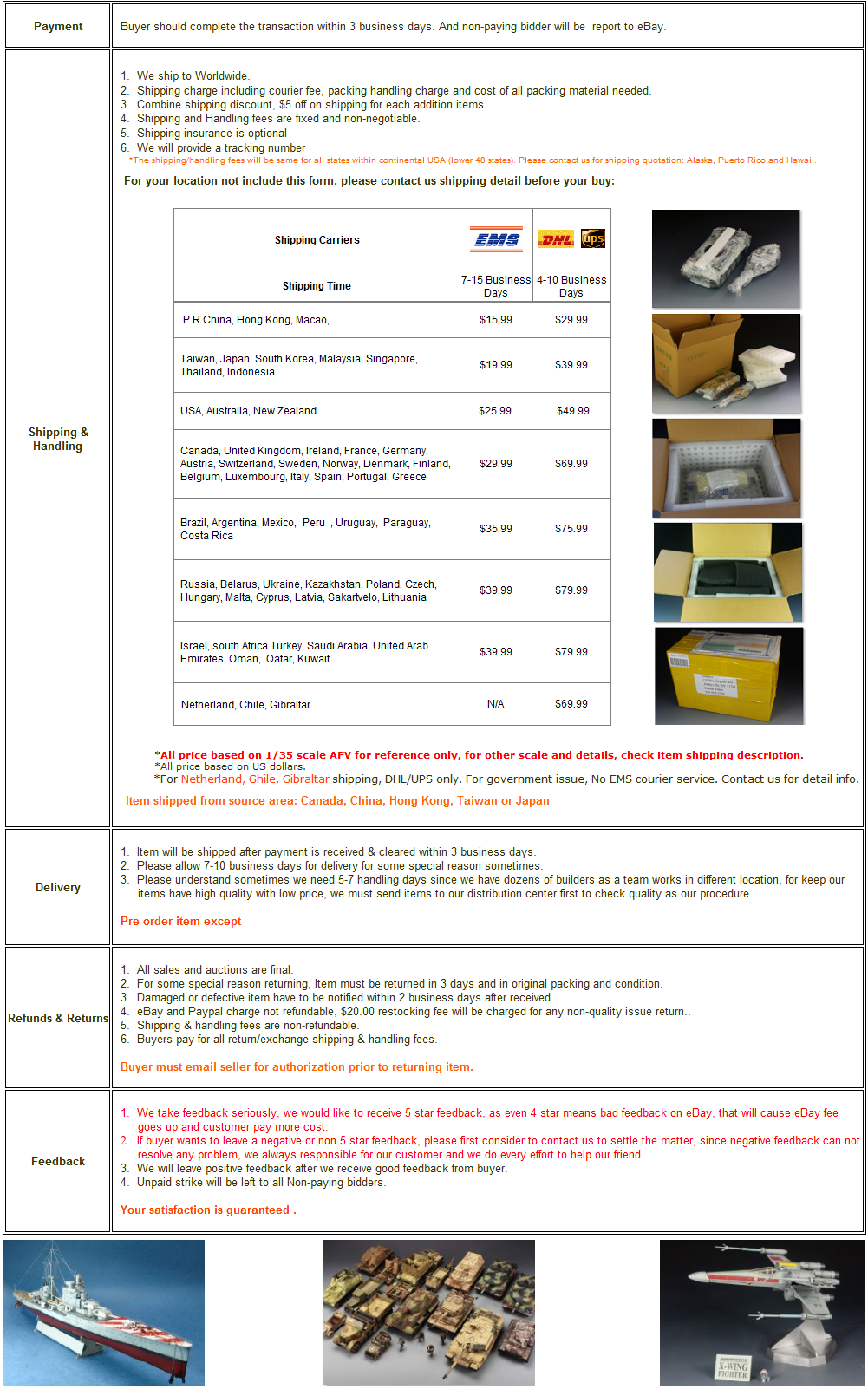
|
 |
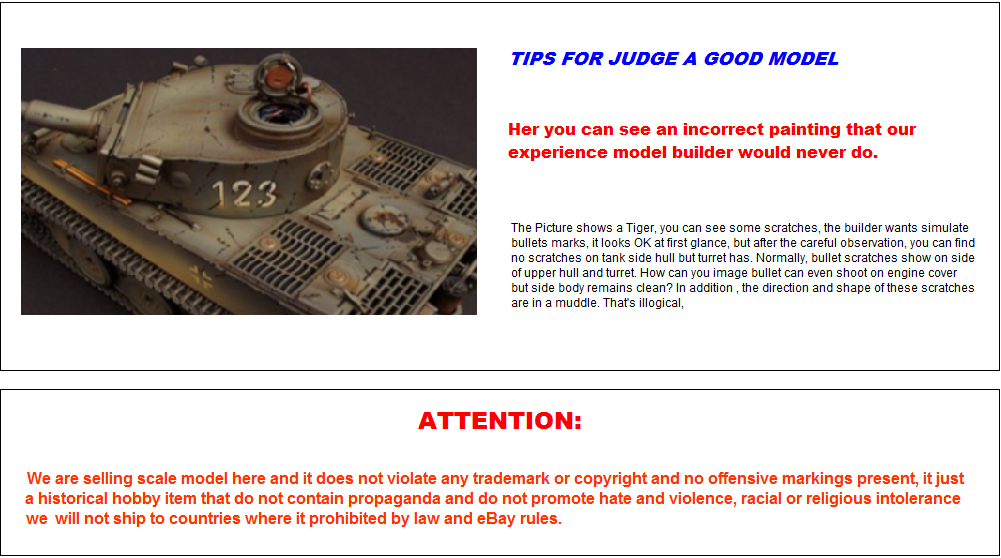
|
 | |